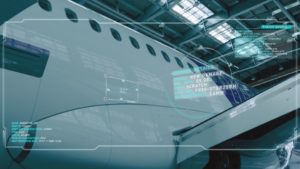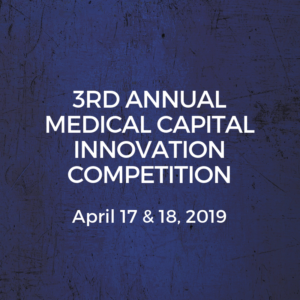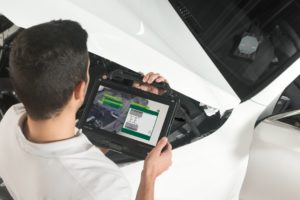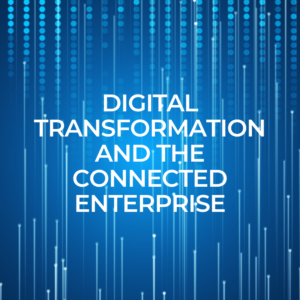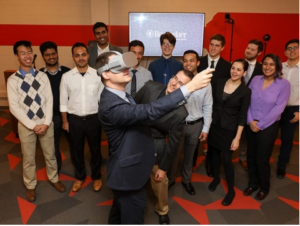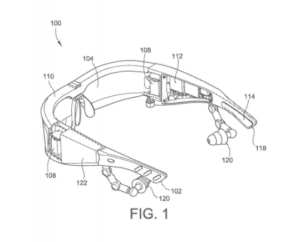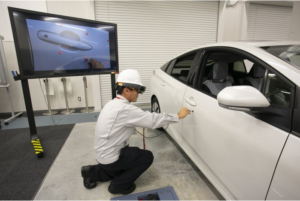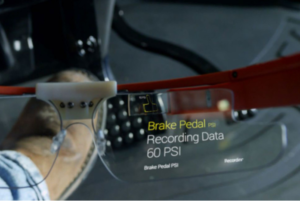Process Expo AR Showcase October 2019 Chicago
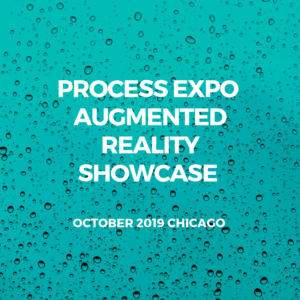
Organized by Harvin AR, the PROCESS EXPO AR Showcase will feature demonstrations by participating PROCESS EXPO exhibitors that will highlight features holographically of equipment and/or guide interested attendees through augmented reality training simulations.
“This is definitely going to be one of the highlights of this year’s show,” said Jarrod McCarroll, Chairman of the Food Processing Suppliers Association and President of Weber, Inc.
“Whether it be empowering maintenance personnel on the plant floor or engineers envisioning processing floor adaptations from the actual plant floor, this technology has the potential to revolutionize how suppliers work with food processors. Thanks to these demonstrations at PROCESS EXPO, attendees will get first-hand experience on this technology that they may soon be seeing in their plants in the future.”
“The Augmented Reality Showcase is one of the many innovative show floor activities that attendees will find at this year’s PROCESS EXPO,” said David Seckman, President & CEO of the Food Processing Suppliers Association.
“Between the Showcase, our live production lines and demonstrations, our certification courses, PROCESS EXPO University, and many more networking opportunities, we have filled the week with meaningful activities that address issues within the food processing industry and create new opportunities to identify manufacturing solutions.
Of course, this is in addition to exhibits of over 500 companies providing manufacturing solutions in processing and packaging across all segments of the food and beverage industry which is the true draw for food industry professionals across the globe.”
The Augmented Reality Showcase will be open to all attendees of PROCESS EXPO 2019. For more information on attending the show please visit www.myprocessexpo.com.
The Food Processing Suppliers Association (FPSA) is a global trade association serving suppliers in the food and beverage industries. The Association’s programs and services support member’s success by providing assistance in marketing their products and services, overall improvement in key business practices and many opportunities to network among industry colleagues. Programs and services to achieve these objectives include PROCESS EXPO (industry leading trade show), electronic media marketing, education, market intelligence, research, and advocation of critical industry issues such as food safety, sanitary design of equipment, and global trade.
